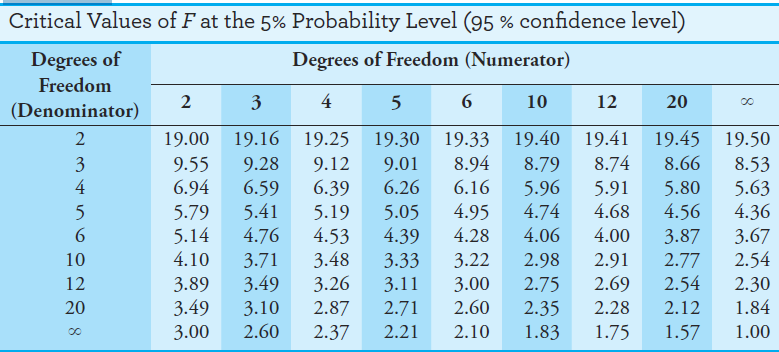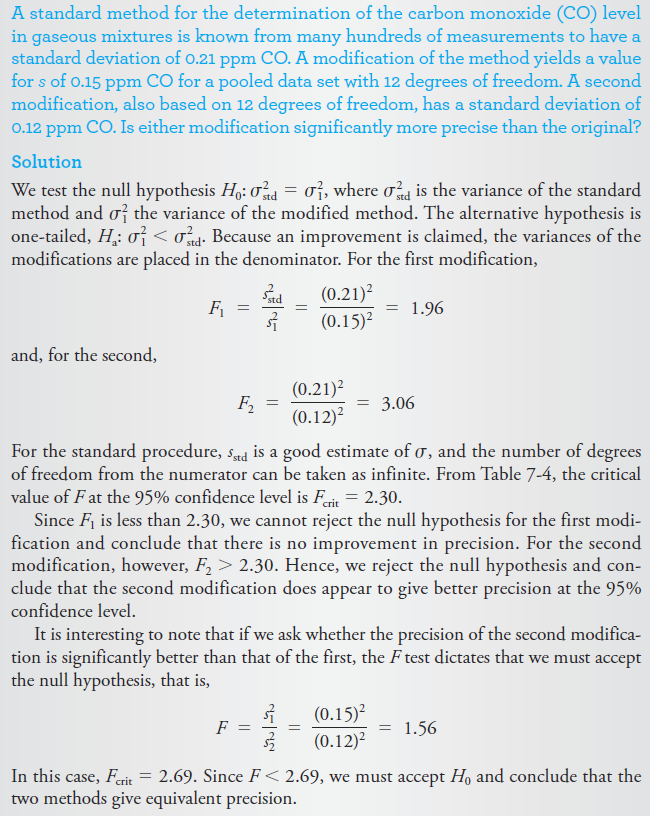

علم الكيمياء

تاريخ الكيمياء والعلماء المشاهير

التحاضير والتجارب الكيميائية

المخاطر والوقاية في الكيمياء

اخرى

مقالات متنوعة في علم الكيمياء

كيمياء عامة


الكيمياء التحليلية

مواضيع عامة في الكيمياء التحليلية

التحليل النوعي والكمي

التحليل الآلي (الطيفي)

طرق الفصل والتنقية


الكيمياء الحياتية

مواضيع عامة في الكيمياء الحياتية

الكاربوهيدرات

الاحماض الامينية والبروتينات

الانزيمات

الدهون

الاحماض النووية

الفيتامينات والمرافقات الانزيمية

الهرمونات


الكيمياء العضوية

مواضيع عامة في الكيمياء العضوية

الهايدروكاربونات

المركبات الوسطية وميكانيكيات التفاعلات العضوية

التشخيص العضوي

تجارب وتفاعلات في الكيمياء العضوية


الكيمياء الفيزيائية

مواضيع عامة في الكيمياء الفيزيائية

الكيمياء الحرارية

حركية التفاعلات الكيميائية

الكيمياء الكهربائية


الكيمياء اللاعضوية

مواضيع عامة في الكيمياء اللاعضوية

الجدول الدوري وخواص العناصر

نظريات التآصر الكيميائي

كيمياء العناصر الانتقالية ومركباتها المعقدة


مواضيع اخرى في الكيمياء

كيمياء النانو

الكيمياء السريرية

الكيمياء الطبية والدوائية

كيمياء الاغذية والنواتج الطبيعية

الكيمياء الجنائية


الكيمياء الصناعية

البترو كيمياويات

الكيمياء الخضراء

كيمياء البيئة

كيمياء البوليمرات

مواضيع عامة في الكيمياء الصناعية

الكيمياء الاشعاعية والنووية
Comparison of Variances
المؤلف:
D. A. Skoog, F. J.Holler, D M. West, and S. R. Crouch
المصدر:
Fundamentals of Analytical Chemistry
الجزء والصفحة:
9th. p 138
7-5-2017
2953
Comparison of Variances
At times, there is a need to compare the variances (or standard deviations) of two data sets. For example, the normal t test requires that the standard deviations of the data sets being compared are equal. A simple statistical test, called the F test, can be used to test this assumption under the provision that the populations follow the normal (Gaussian) distribution. The F test is also used in comparing more than two means and in linear regression analysis. The F test is based on the null hypothesis that the two population variances under consideration are equal, H0: σ21 = σ22. The test statistic F, which is defined as the ratio of the two sample variances (F = s21/s22), is calculated and compared with the critical value of F at the desired significance level. The null hypothesis is rejected if the test statistic differs too much from unity. Critical values of F at the 0.05 significance level are shown in Table 1.1. Note that two degrees of freedom are given, one associated with the numerator and the other with the denominator. Most mathematical handbooks give more extensive tables of F values at various significance levels. The F test can be used in either a one-tailed mode or in a two-tailed mode. For a onetailed test we test the alternative hypothesis that one variance is greater than the other. Hence, the variance of the supposedly more precise procedure is placed in the denominator and that of the less precise procedure is placed in the numerator. The alternative hypothesis is Ha: σ21 > σ22 .
The critical values of F for the 95% confidence level are given in Table 1.1. For a two-tailed test, we are testing whether the variances are different, Ha: σ21 ≠ σ22. For this application, the larger variance always appears in the numerator. This arbitrary placement of the larger variance in the numerator makes the outcome of the test less certain; thus, the uncertainty level of the F values in Table 1.1 is doubled from 5% to 10%. Example 1.1 illustrates the use of the F test for comparing measurement precision.
Table 1.1

Example 1.1

 الاكثر قراءة في مواضيع عامة في الكيمياء التحليلية
الاكثر قراءة في مواضيع عامة في الكيمياء التحليلية
 اخر الاخبار
اخر الاخبار
اخبار العتبة العباسية المقدسة

الآخبار الصحية















 قسم الشؤون الفكرية يصدر كتاباً يوثق تاريخ السدانة في العتبة العباسية المقدسة
قسم الشؤون الفكرية يصدر كتاباً يوثق تاريخ السدانة في العتبة العباسية المقدسة "المهمة".. إصدار قصصي يوثّق القصص الفائزة في مسابقة فتوى الدفاع المقدسة للقصة القصيرة
"المهمة".. إصدار قصصي يوثّق القصص الفائزة في مسابقة فتوى الدفاع المقدسة للقصة القصيرة (نوافذ).. إصدار أدبي يوثق القصص الفائزة في مسابقة الإمام العسكري (عليه السلام)
(نوافذ).. إصدار أدبي يوثق القصص الفائزة في مسابقة الإمام العسكري (عليه السلام)


















